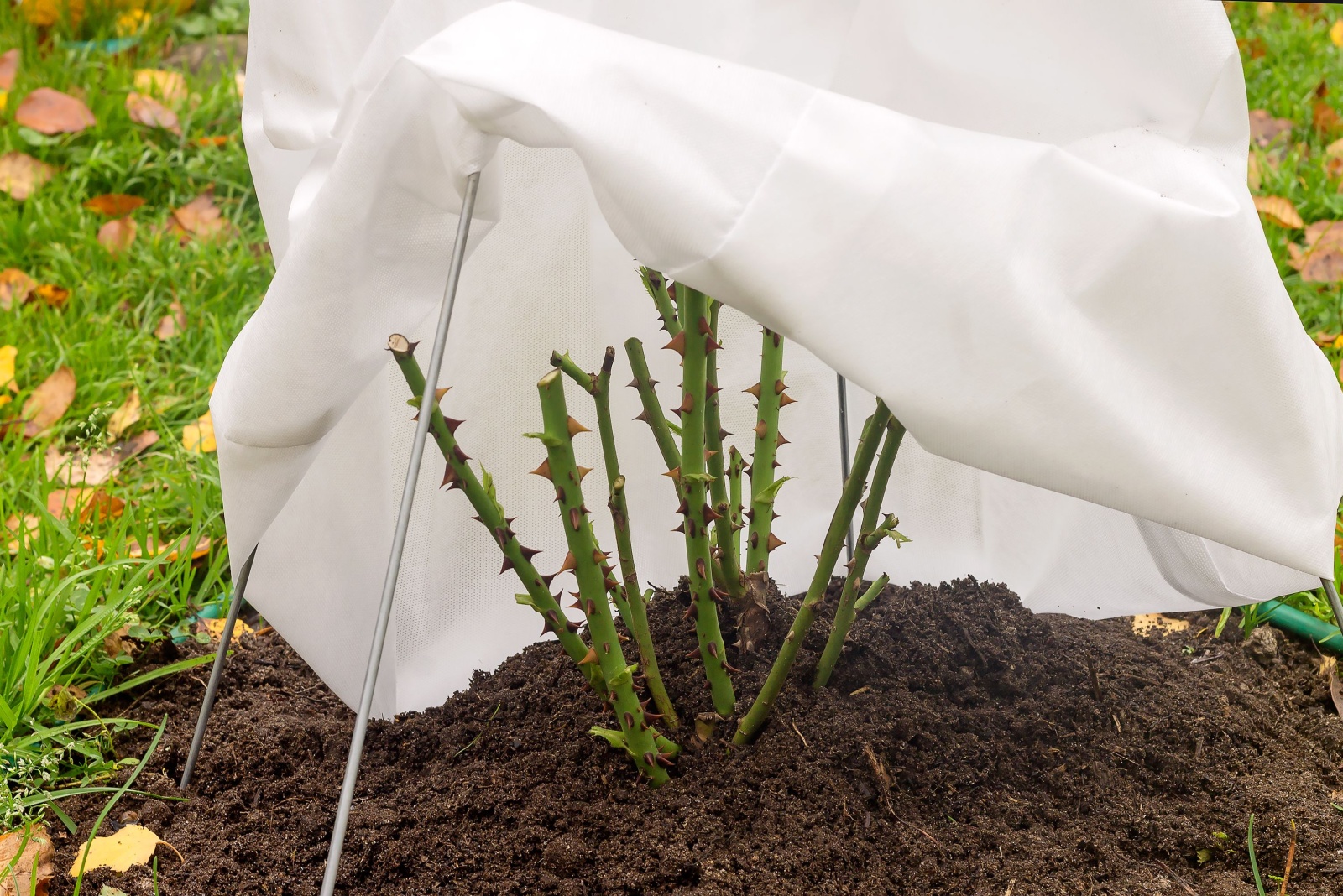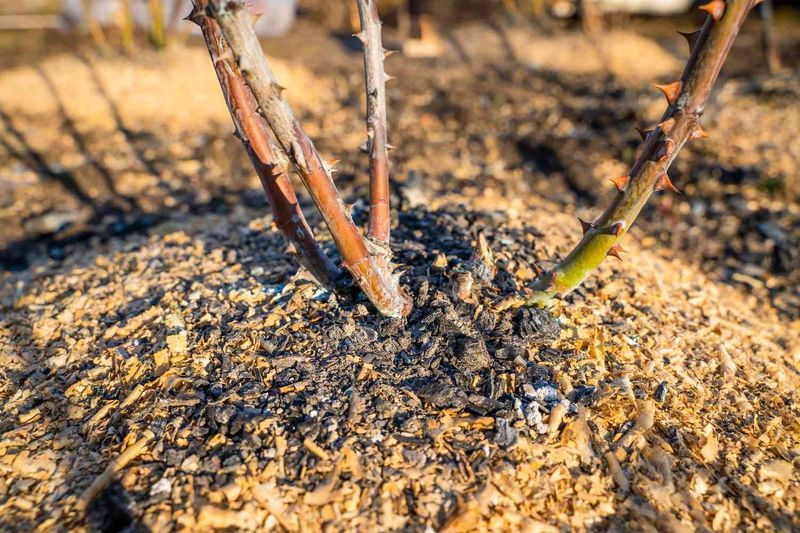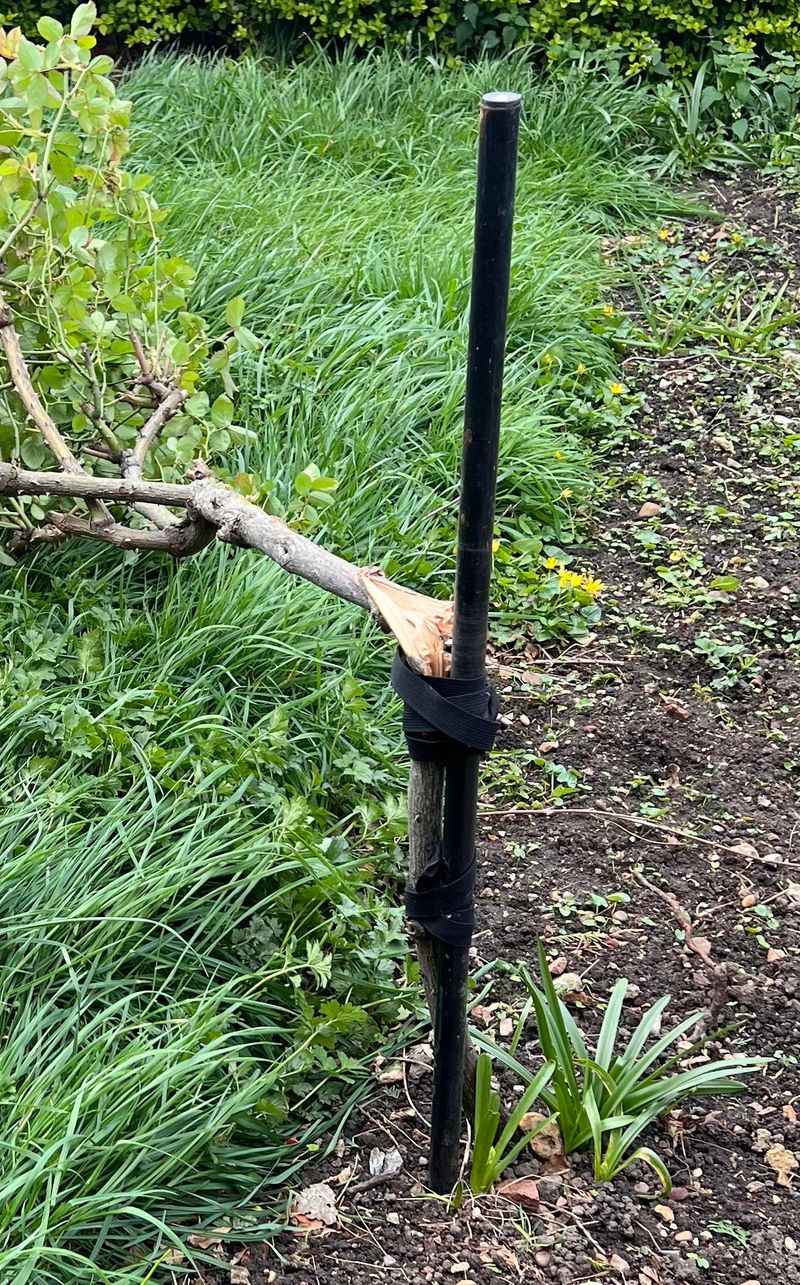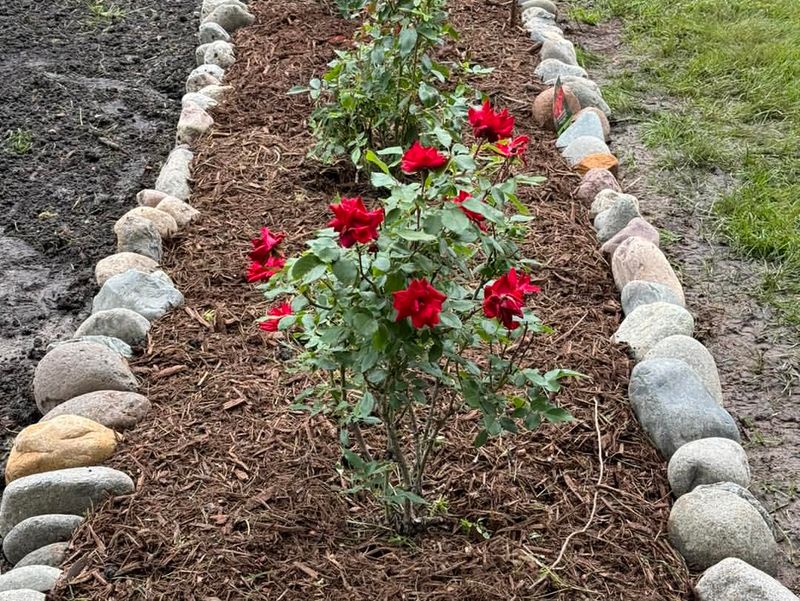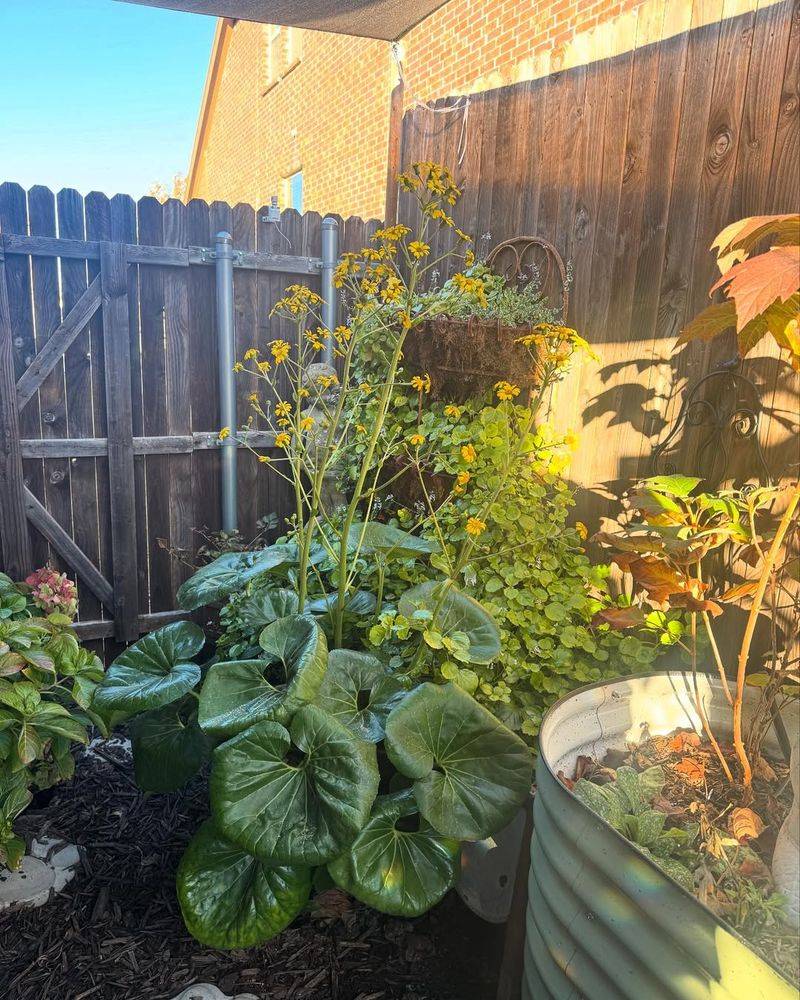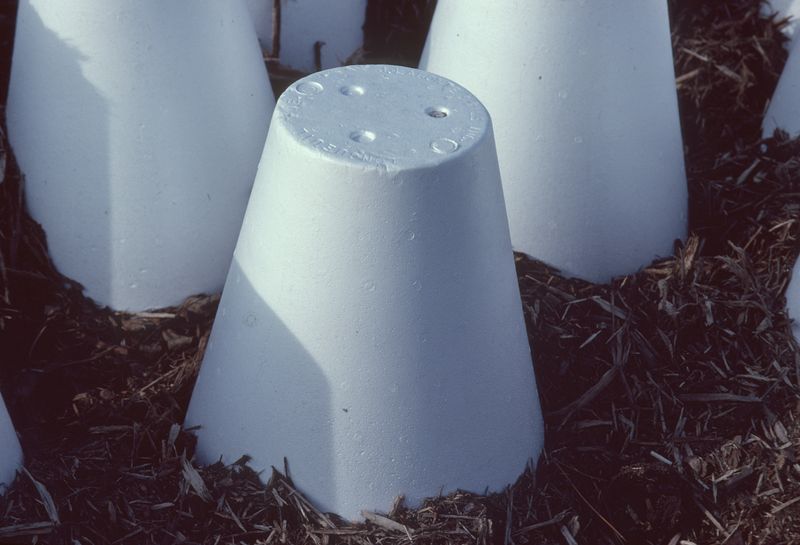Michigan winters can be brutal on your beautiful rose bushes. When freezing temperatures combine with strong winds, your roses face a problem called wind rock.
Wind rock happens when constant gusts loosen the soil around rose roots, exposing them to harsh cold and causing serious damage. Luckily, protecting your roses doesn’t have to be complicated or expensive.
1. Mound Soil Around The Base
Building a protective soil mound around your rose bush creates a natural barrier against freezing winds. Pile dirt about 10 to 12 inches high around the base of each plant in late fall.
This extra layer keeps roots insulated and prevents them from wiggling loose when winter gusts blow through your garden. Many experienced gardeners use compost mixed with regular garden soil for added nutrients.
Come springtime, gently remove the mound so new growth can emerge properly without obstruction.
2. Install Sturdy Stakes For Support
Strong wooden or metal stakes driven deep into the ground give your roses something solid to lean against during windstorms. Position stakes about 6 inches from the main stem, hammering them at least 18 inches into the earth.
Use soft ties or strips of old fabric to attach canes loosely to the stakes, allowing some natural movement without causing damage. Avoid wire or string that can cut into tender bark when winds push plants back and forth repeatedly.
3. Apply A Thick Mulch Layer
Spreading a generous blanket of mulch around your roses acts like a cozy winter coat for their root system. Use materials like shredded bark, wood chips, or straw, piling it about 4 to 6 inches deep in a wide circle.
Mulch not only insulates against temperature swings but also adds weight that helps anchor soil firmly in place. Keep mulch a few inches away from the actual stem to prevent rot and pest problems during wet winter months.
4. Build A Windbreak Barrier
Creating a physical shield on the windward side of your rose garden blocks the strongest gusts before they reach your plants. Burlap screens attached to wooden frames work wonderfully, or you can use snow fencing purchased from hardware stores.
Position barriers about 3 feet away from your roses to allow air circulation while still deflecting harsh winds. Some creative gardeners even use bales of straw arranged in protective walls, which look charming and rustic throughout winter.
5. Prune Canes To Reduce Wind Catch
Trimming back tall, leggy canes reduces the surface area that catches wind, making your roses less likely to rock violently in storms. Cut canes down to about 18 to 24 inches tall in late autumn after the first hard frost arrives.
Focus on removing dead, diseased, or crossing branches first, then shape remaining healthy canes evenly. Shorter plants naturally resist wind better because they have less leverage working against their root systems during Michigan’s notorious winter blasts.
6. Use Rose Cones Or Protective Covers
Specially designed rose cones made from Styrofoam or plastic fit over entire bushes, creating a protective dome against wind and cold. Place cones over pruned roses after mounding soil around the base for double protection.
Weigh down cones with bricks or heavy stones so they don’t blow away during fierce storms. Remember to poke ventilation holes in the sides to prevent moisture buildup, which can cause fungal problems when temperatures occasionally warm up during winter thaws.
7. Firm The Soil Regularly
Checking your roses throughout winter and pressing down loosened soil prevents wind rock from getting worse as the season progresses. Walk through your garden after major windstorms, gently pushing soil back around any exposed roots with your boot.
This simple maintenance step takes just minutes but makes a huge difference in preventing permanent damage. If you notice significant loosening, add fresh soil or compost to fill gaps and restore stability until spring arrives with warmer, calmer weather.

